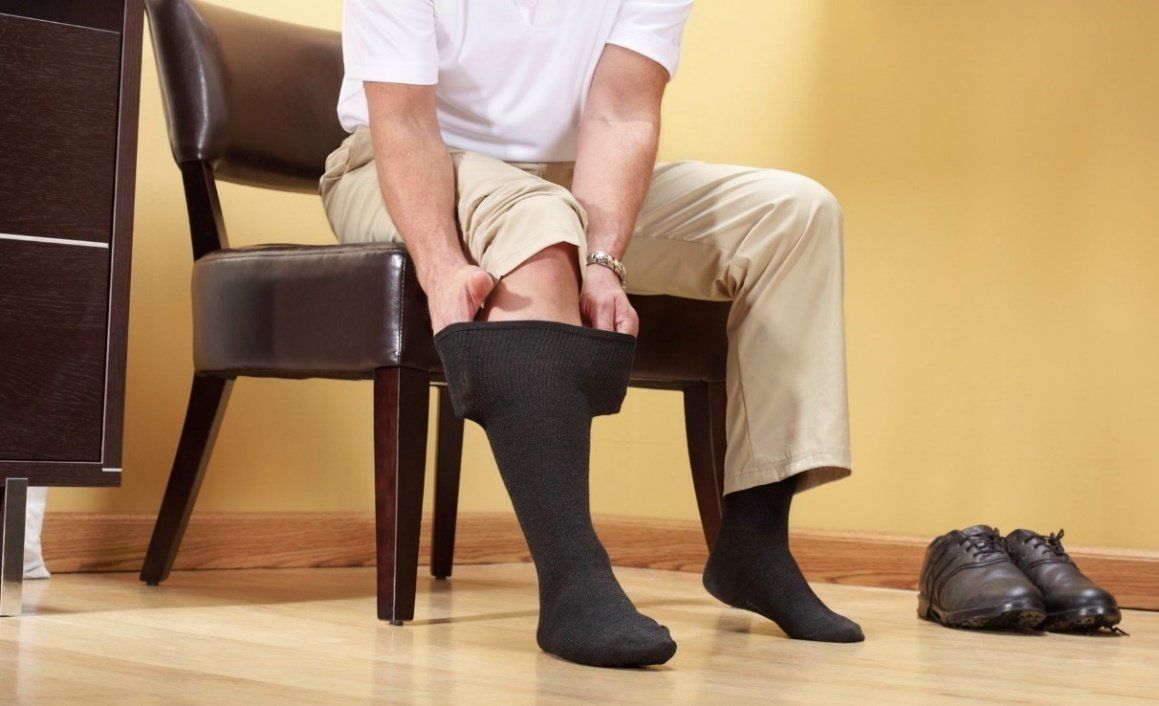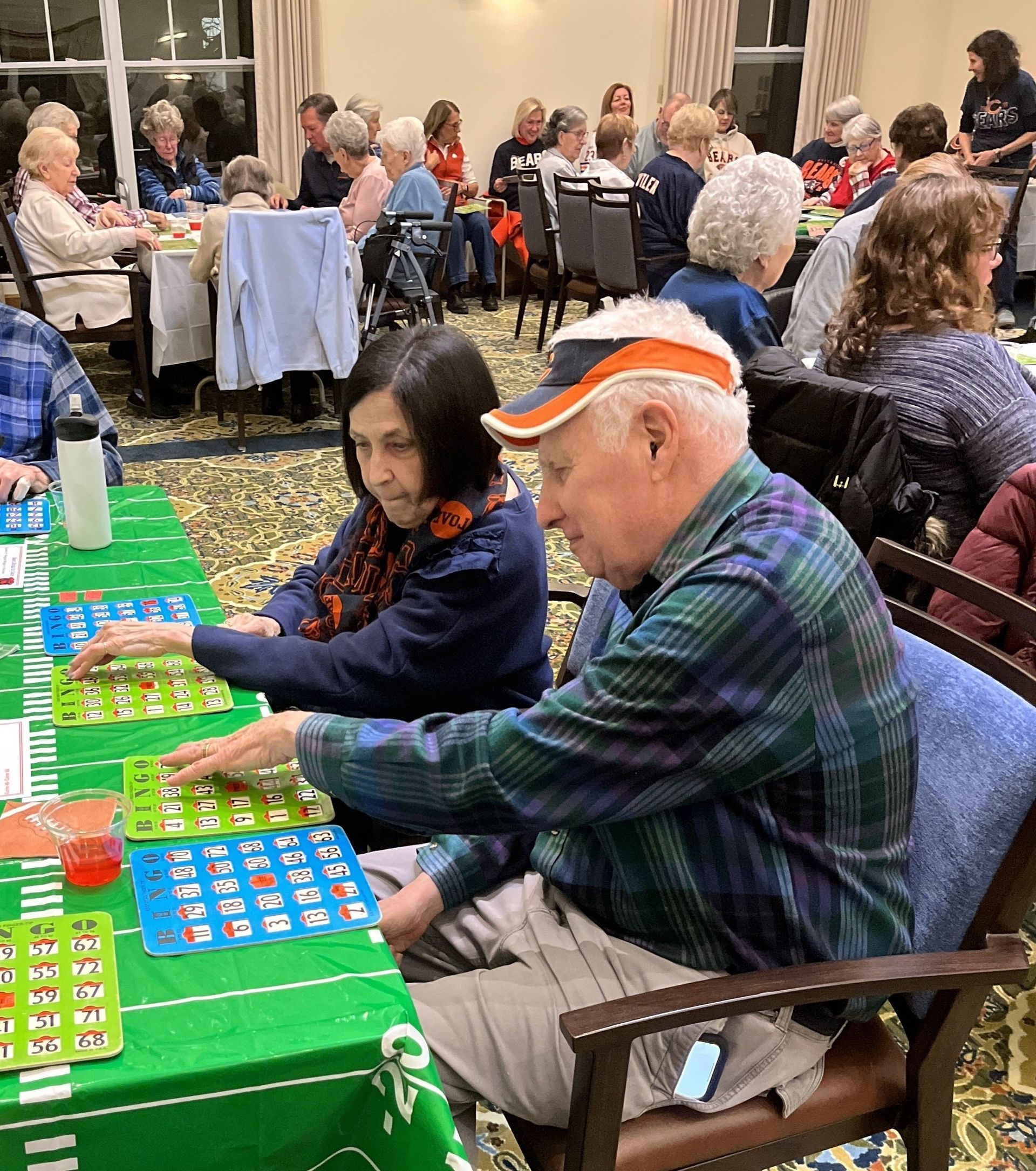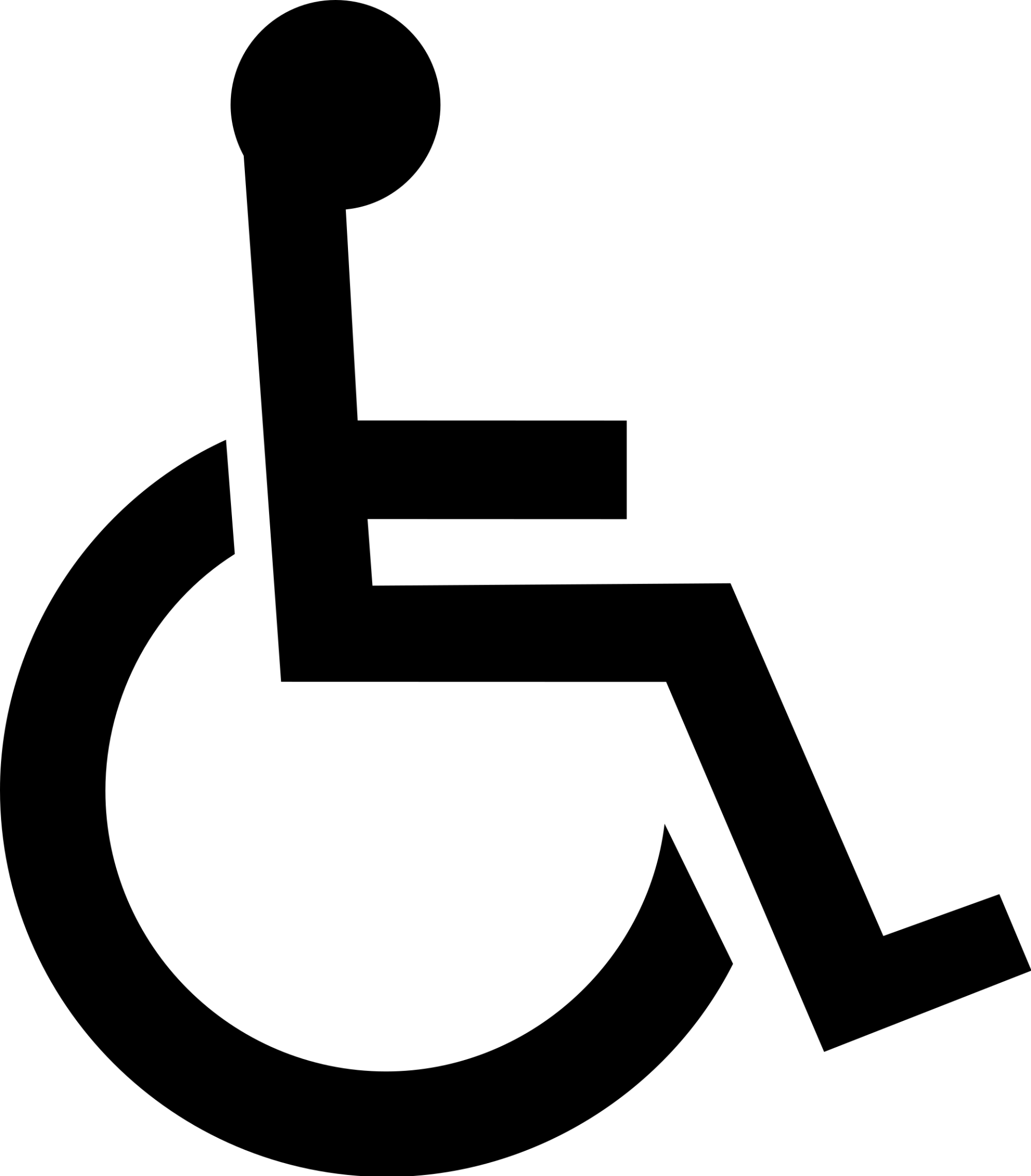The Health Benefits of Wearing Compression Socks

For those suffering from leg swelling and circulation conditions, the simple act of wearing compression socks can make a world of difference for both your comfort and overall health.
Also known as compression stockings, these inexpensive garments are available in various lengths and apply pressure to promote blood flow in your leg veins. They're typically tighter at the ankles and get looser as they go up the leg, and can be purchased over the counter or prescribed by a doctor.
Health journalist Lia Tabackman recently explored the science and numerous health benefits behind this often overlooked therapy option.
HOW COMPRESSION SOCKS WORK
"The veins of the legs have to return blood upstream right up to the heart," says Minesh Kahtri, MD, a nephrologist at NYU Langone Health. "What compression stockings do…is improve how the veins work and keep the blood flowing upstream."
Compression socks are most often used alongside other therapies to treat patients who have circulation issues in their legs. They're also used to manage swelling in the legs and feet.
WHO MAY BENEFIT FROM COMPRESSION SOCKS?
- Postoperative patients who are at a greater risk of blood clots.
- People with varicose veins, a condition that causes twisted and enlarged veins in the legs.
- People with diabetes, who often experience swelling in the legs and feet.
- Pregnant people
- People with venous ulcers
- Athletes
- Frequent flyers or people on long flights, as sitting for long periods of time increases the risk of blood clots.
THE BENEFITS OF COMPRESSION SOCKS INCLUDE:
Improved circulation: Compression socks are commonly worn to improve blood flow in people with venous insufficiency.
Reduced risk of blood clots: Thigh-high compression socks have been shown to reduce the risk of blood clots in hospitalized patients who have undergone surgery by exerting pressure on the legs and increasing blood flow.
Reduced swelling in legs and feet: A small 2017 study of people with diabetes who had swelling in their legs found mild knee-high compression socks significantly relieved swelling in the calf and ankles.
Ulcer prevention: Venous ulcers are leg ulcers caused by disruption of blood flow. Compression socks are recommended to increase flow and prevent blood pooling, which speeds up ulcer healing and prevents recurrence.
Reduced orthostatic hypotension: Orthostatic hypotension is a condition where your blood pressure drops dramatically when moving from sitting or lying down to standing up. Doctors suggest waist-high compression stockings might help improve blood flow and reduce symptoms. Talk to your health care provider to see if compression garments would be right for you.
Improved athletic performance: A small 2009 study found below-knee compression socks significantly improved running performance in male runners, and also reduced muscle soreness.
CAN WEARING COMPRESSION SOCKS BE HARMFUL?
Compression socks are generally considered safe, and side effects from properly fitting compression socks are mild such as skin irritation or indentations. Socks that are too tight could cause pain, numbness, tingling and discoloration.
"If too tight, compression socks could cause discomfort, or worst-case scenario, cut off circulation in people with vascular disease," says Kahtri. "If not tight enough, they won't be effective."
Compression socks come in a variety of sizes and lengths. Additionally, there are 5 strengths based on the amount of pressure exerted on the legs, so it’s important to get fitted by your doctor or pharmacist to make sure you choose the right size.
YOU SHOULD AVOID WEARING COMPRESSION SOCKS IF YOU HAVE:
Ischemia: This occurs when blood flow in the coronary arteries is decreased and oxygen is prevented from reaching your heart muscles. Compression socks can further impair arterial blood flow, worsening ischemia.
Peripheral neuropathy, or loss of feeling in limbs: People who have peripheral neuropathy may not be able to feel when compression stockings are too tight.
An infection of the legs or feet, like cellulitis, gangrene, or oozing dermatitis.
Important: People with diabetes should talk to their doctor before using compression socks, as they are prone to arterial insufficiency, a condition where the arteries become narrowed or blocked.
KEY TAKEAWAYS
"It's okay to wear compression stockings all day," says Vincent Noori, MD, a vascular surgeon at Mercy Medical Center in Rockville Centre, New York. "I usually recommend they be applied early in the morning after getting out of bed and wearing them most of the day, especially when on your feet or sitting for prolonged periods."
Compression socks should not be worn while sleeping, as they are designed to work against gravity and help blood flow up to the heart. It’s therefore not necessary to use them while you're laying down for long periods of time.
Above all, these convenient garments can improve circulation and promote blood flow by adding pressure to the legs, thereby decreasing the risk of blood clots, leg ulcers, and swelling. If you think compression socks might be appropriate, be sure to check with your doctor or pharmacist to make sure you find the proper fit!
For more information about Chestnut Square’s vibrant senior living community, please call
(847) 998-1118
or visit www.ChestnutSquare.info












